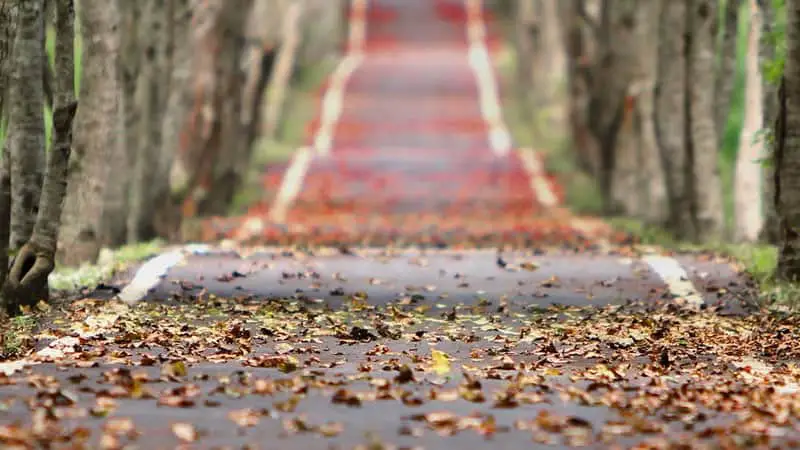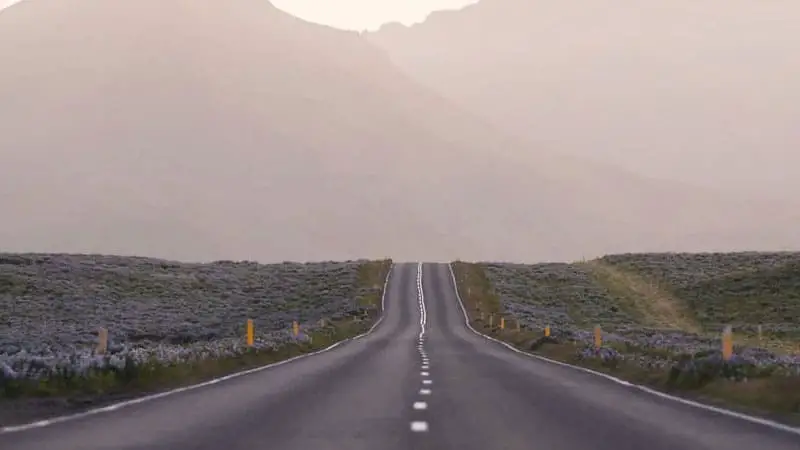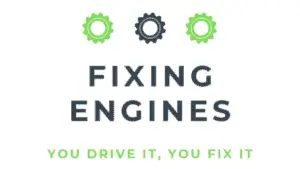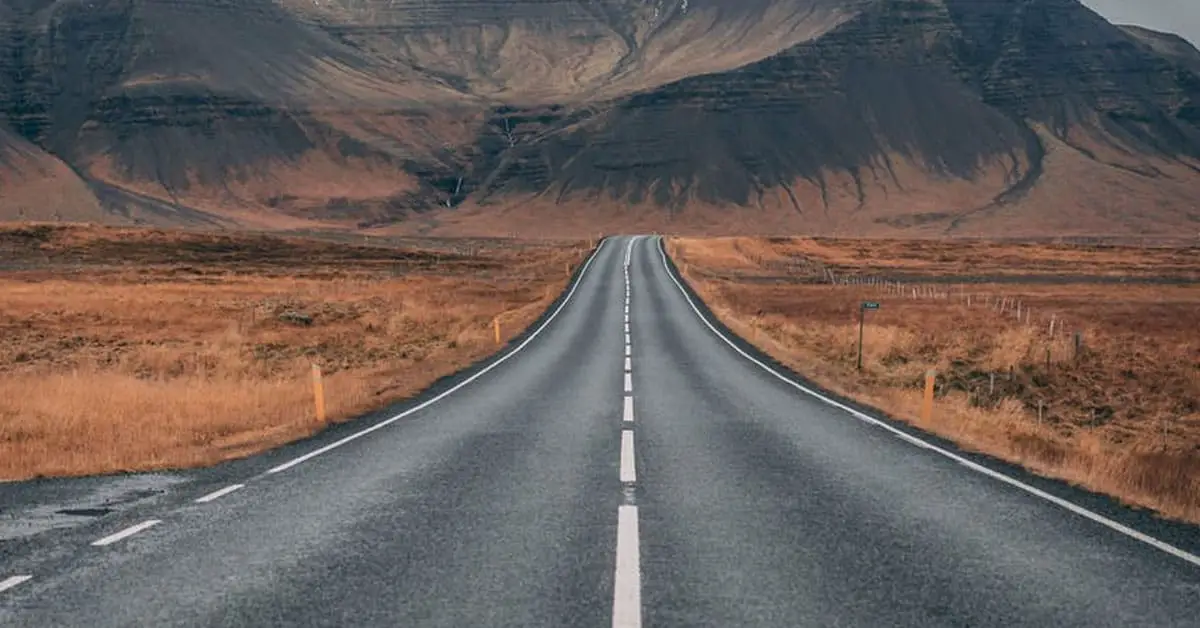When learning how to drive a car, two things are essential. First, you need to understand how to change gears properly. Doing that will provide you with better control over the car. Furthermore, when learning how to drive a car, you also need to understand how to choose the right gear for different road conditions.
Generally, the automatic transmission has five gears in all; one reverse gear and four forward gears. As for most manual cars, they often come with 4 forward gears, one reverse gear, and one neutral gear.
The 1st gear is one of the most perfect gears for driving uphill. Other gears you can consider using are the 2nd and third gears. 1st gear, also called the lowest forward gear, is ideal for starting a vehicle from a stationary position. It provides the strongest pulling power and the least speed when driving your car.
What is the best way to drive an automatic car uphill? What gears should you use when driving uphill and downhill? As you read through the rest of this post, you’ll find answers to these questions and more.
How do you drive an automatic uphill?

Unlike flat roads, driving uphill requires that you get familiar with a lot of things. In case you don’t know, driving on hills is one of the best ways to test your driving skills. To have better control over your car, the first thing you need is to engage to opt for the right gear before deciding to climb up the steep road.
There’s no denying that automatic transmission cars are designed to help you shift gears automatically. However, you need to understand that this theory alone isn’t enough to drive up a hill.
It’s simple; unlike driving through a flat road or downhill, driving uphill requires more power. You need enough engine power to climb a steep road securely. And that, you can only achieve when you shift to low gear.
You can follow the simple and direct steps below to safely drive your automatic transmission car uphill:
- Start by speeding up
When it comes to driving an automatic transmission car uphill, there are lots of things that you need to put in mind. First, as you start to approach the hill, you need to speed up. However, while doing that, ensure you obey the speed limit posted on the road.
Furthermore, the best way to make this happen is by depressing the gas pedal evenly. The purpose of that is to help you speed up your vehicle as you approach the hill.
- Change to a low gear
When driving uphill, as you start ascending the hill, you need to downshift or change your gear to a lower one. Doing that will enable you to have more control over your car when driving through the road.
I’m sure you’ll agree with me that driving uphill can put excess stress on your car engine. Well, by downshifting, you’ll be able to reduce the stress on your engine. So, continue shifting to the next low gear until you find the right gear to maintain balance when driving up the hill. That said, the best low gears that you can consider shifting, to achieve the necessary momentum to drive past the hill are D1, D2, and D3.
- Consider using the paddle shifters and hill assist
If you’re the type that uses a modern automatic car, you should be familiar with the paddle shifter. In case you don’t know, a paddle shifter is a lever that usually comes with the steering wheel of automatic vehicles. It helps drivers to shift their gears manually when driving.
If your car has a paddle shifter, you can consider using the lever to change your gears manually as you drive uphill. Of course, with this method, you still need to use the lower gears if the road is steep.
Apart from the paddle shifter, most modern automatic transmission cars also come with “hill assist.” This feature helps to prevent your car from rolling back when driving up a hill. It works by automatically operating your brake system for 3 seconds regardless of whether you press the brake pedal or not.
That said, you can also consider using the hill assist feature when driving uphill. Doing that will enable you to drive your car up the steep road easily.
What gear should I use going uphill?

When it comes to driving uphill, the best gear to use is one that provides you with stronger power to climb up the road without putting much stress on your car engine. This brings us to the question of what gear can deliver the strongest power?
As earlier mentioned, the lowest gear (1st gear or D1) is the best for delivering the strongest pulling power and the least speed when driving your car. As such, it’s the best gear to choose for this type of road condition. For instance, if you’re already driving in the 3rd gear and are looking to achieve the necessary momentum to drive past the hill, you can consider shifting to the second or first gear.
If you’re shifting directly from the third gear to the first, it means you’re skipping the second gear. For better control over your car, you need to rev-match.
What gear should I use going downhill?
When it comes to driving down a hill, the best you can do is to use lower gears. Instead of using your brake pedal, you can consider using your engine and transmission when slowing down the car. According to the National Park Service, making this move is essential to prevent you from riding your brakes.
Of course, that doesn’t mean you can use your brake pedal. Just make sure you press the brake gently when doing that. However, ensure to pull over for a while any time to start perceiving the smell of burnt brakes.
That said, the best gear when driving an automatic transmission car downhill is the third (3rd), second (2nd), or low (L) hear. As for manual transmission vehicles, you can consider using the third or second gear.

